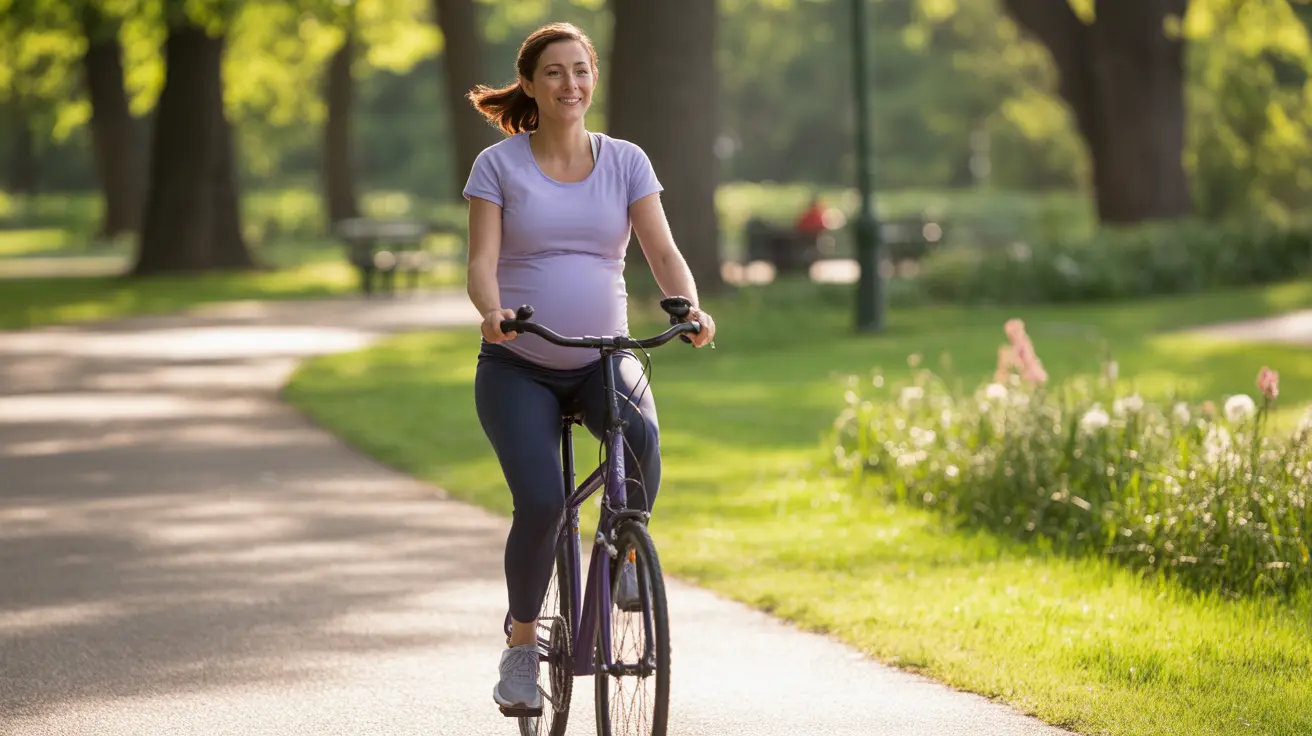Many expectant mothers wonder if they can continue or start cycling during pregnancy. While staying active during pregnancy is important, cycling requires special considerations to ensure both mother and baby's safety. This comprehensive guide will help you understand when and how to safely ride a bike while pregnant.
Benefits of Cycling During Pregnancy
Cycling can offer numerous advantages for pregnant women when done safely. Regular cycling helps maintain cardiovascular fitness, manage weight gain, reduce pregnancy discomfort, and improve mood through endorphin release. Additionally, moderate exercise during pregnancy can contribute to easier labor and faster postpartum recovery.
Safety Guidelines for Pregnant Cyclists
First Trimester Considerations
During the first trimester, most women who were already cycling regularly can continue their routine with some modifications. However, it's essential to:
- Reduce intensity and duration of rides
- Stay well-hydrated
- Avoid overheating
- Listen to your body and stop if you feel uncomfortable
Second Trimester Adjustments
As your body changes and your center of gravity shifts, you'll need to make additional modifications:
- Switch to an upright riding position
- Consider using a wider seat for better support
- Stick to smooth, flat terrain
- Avoid crowded or busy routes
Third Trimester Recommendations
The final trimester requires the most caution. Many women find it more comfortable to switch to stationary bikes during this period. If continuing outdoor cycling:
- Keep rides short and gentle
- Stay close to home
- Ride only in favorable weather conditions
- Stop if you experience any discomfort
Indoor Cycling Options
Stationary bikes provide a safer alternative for pregnant cyclists, especially for beginners or those in later pregnancy stages. They offer several advantages:
- Controlled environment
- No risk of falling
- Easier to maintain proper form
- Adjustable resistance levels
- Climate-controlled setting
Warning Signs to Watch For
Stop cycling and contact your healthcare provider if you experience:
- Dizziness or lightheadedness
- Shortness of breath
- Vaginal bleeding or spotting
- Uterine contractions
- Decreased fetal movement
- Severe headaches
Frequently Asked Questions
Is it safe to ride a bike while pregnant, and what precautions should I take?
Yes, cycling can be safe during pregnancy if you take proper precautions. Always get clearance from your healthcare provider, wear appropriate safety gear, choose safe routes, and listen to your body. Avoid cycling in extreme weather conditions and maintain proper hydration.
What are the benefits of cycling during pregnancy for both mother and baby?
Cycling during pregnancy can help maintain cardiovascular fitness, manage weight gain, reduce pregnancy discomfort, and improve mental well-being. For the baby, moderate exercise can promote healthy development and potentially lead to easier labor.
How can I modify my cycling routine to stay safe throughout different trimesters of pregnancy?
Gradually decrease intensity and duration as pregnancy progresses. Switch to more upright positions, use a wider seat, and consider transitioning to stationary bikes in later trimesters. Always ride on smooth surfaces and avoid risky conditions.
Can I start cycling for the first time during pregnancy, or should I stick to stationary bikes?
If you're new to cycling, it's safer to start with stationary bikes during pregnancy. This eliminates the risk of falling and allows you to exercise in a controlled environment. Consult your healthcare provider before beginning any new exercise routine.
When should I stop cycling during pregnancy, and what warning signs should I look out for?
Stop cycling if you experience dizziness, shortness of breath, vaginal bleeding, contractions, decreased fetal movement, or severe headaches. Also consider stopping if you feel uncomfortable maintaining balance or if your healthcare provider advises against continuing.




